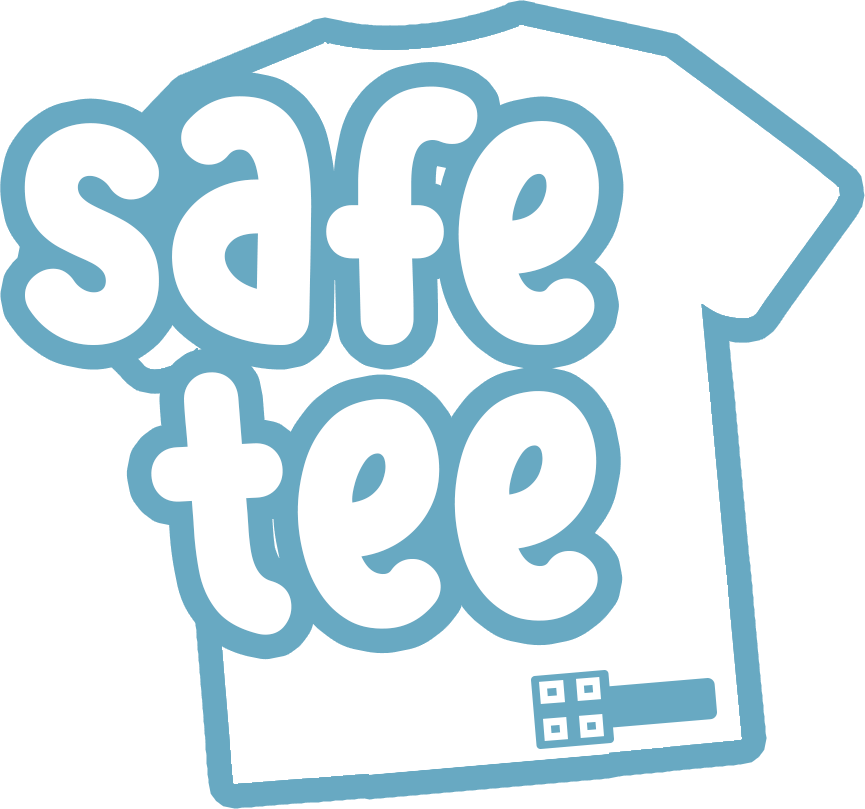Daily safety tips for parents & kids
Our top tips for everyday safety for you and your little ones
Have a code word
From a young age choose a code word for you and your kids to use if they are in a difficult or dangerous situation. If you ever hear them say it our shout it out loud you must go straight to them and vice versa with no exceptions. Don’t be tempted to use the code word to lure them away from the ice cream van or they toy aisle in Tesco, it is only for emergency situations. Remind them of the word every now and then so they don’t forget it. When your kids become teenagers this is great for them to be able to message you one word and you will come no matter where or when, if they find they are in danger.
2. Stranger Danger?
As a kid we all remember being told to not talk to strangers, and while this is obviously a good thing to teach children issues can arise from it. We were told that if we are lost we should find a member of the police or similar, but the truth is there is rarely a policeman nearby when these things happen. A better solution is to teach your kids that if someone approaches them and offers them something or asks them to follow them they should shout out loud or run away from them, but if they are lost they should look for someone who has kids with them and tell them they are lost. Or failing that someone who works in a shop / café / restaurant etc…
3. Ditch the wristbands
On an average day in any UK attraction 11 kids go short term missing. And that’s just the number that’s reported by the attractions, we expect many more go unreported as they are resolved before staff are made aware. Lots of parents rely on plastic ID bands that are handed out at the entrances, but these get taken off, caught on things and rip or water gets on them and smudges the information that’s written on. A better solution is to grab a pack of Safetee Codes. These ‘AM I LOST’ codes iron onto your kids clothing including coats, bags and swimwear as well as t-shirts and jumpers. If your little one does go wandering the code can be scanned by any smartphone and your phone number pops up ready to be dialled. The best part is they only cost about £1 per label, so are well worth it and give good peace of mind
4. Fences are there for a reason
It’s easy in a child’s mind to hop over a fence to get a ball that’s gone over or similar, but teach them that you don’t know what’s on the other side of a fence, and even if it looks safe it could be dangerous. There could be a railway track, electrical transformer or a long drop the other side. A cheap football isn’t worth getting injured over
5. Very basic first aid can save a life
A small amount of first aid knowledge can go a long way in a situation, older kids and teenagers are the best to teach. Basic principles such as what to do if someone has a nasty cut, broken bone or has passed out are key things to know. It will also help them gain a sense of responsibility and will hopefully steer them away from doing something dangerous in the first place if they know what happens after an incident. There’s loads of resource available online, or getting some training yourself from St Johns Ambulance is a great idea.




